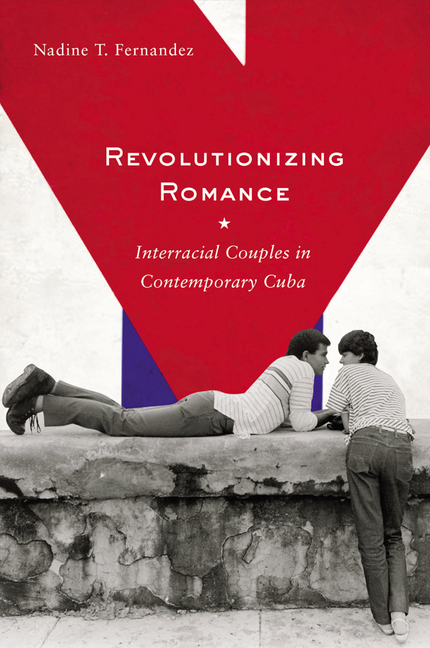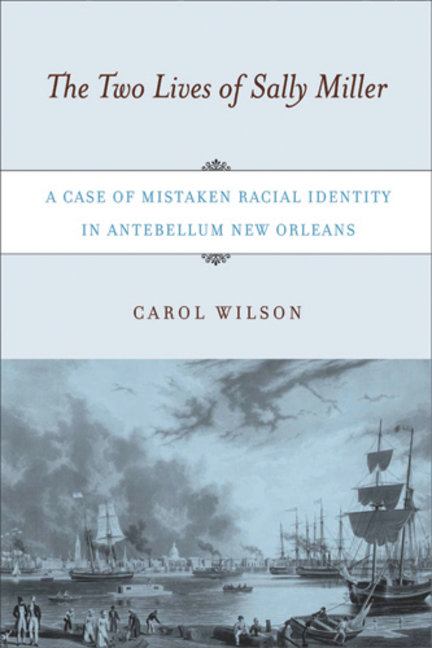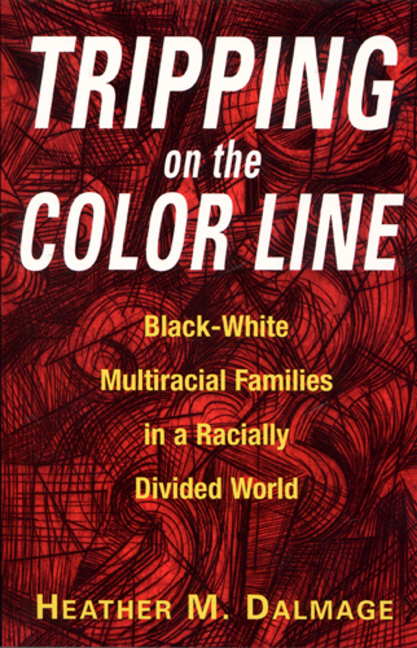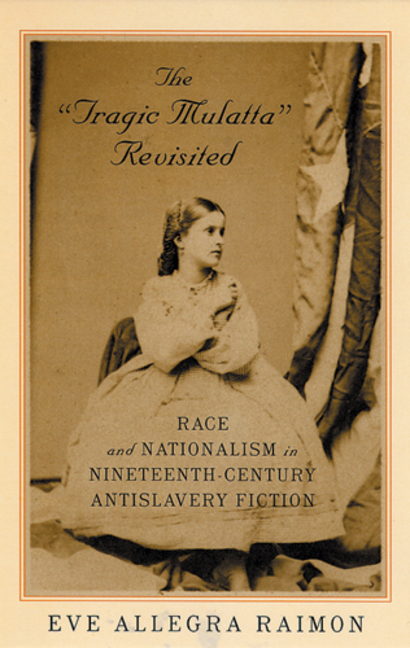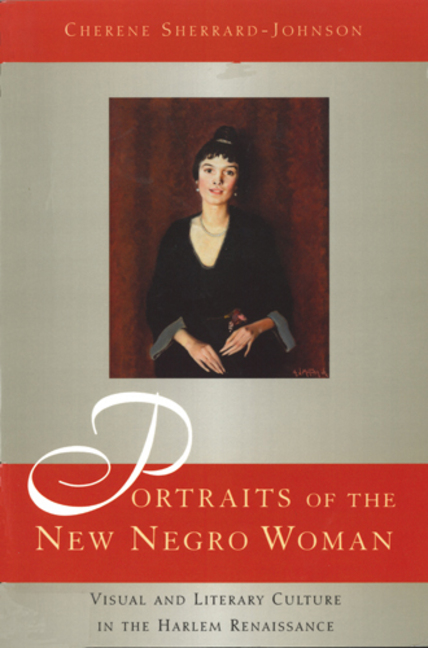Revolutionizing Romance: Interracial Couples in Contemporary CubaPosted in Anthropology, Books, Caribbean/Latin America, Media Archive, Monographs, Social Science on 2010-10-09 18:12Z by Steven |
Revolutionizing Romance: Interracial Couples in Contemporary Cuba
Rutgers University Press
2010-03-01
232 pages
3 illustrations. 2 tables and 1 map
Paper ISBN: 978-0-8135-4723-7
Cloth ISBN: 978-0-8135-4722-0
eBook ISBN: 978-0-8135-4923-1
Nadine T. Fernandez, Associate Professor of Social Sciences
State University of New York, Empire State College
Scholars have long heralded mestizaje, or race mixing, as the essence of the Cuban nation. Revolutionizing Romance is an account of the continuing significance of race in Cuba as it is experienced in interracial relationships. This ethnography tracks young couples as they move in a world fraught with shifting connections of class, race, and culture that are reflected in space, racialized language, and media representations of blackness, whiteness, and mixedness. As one of the few scholars to conduct long-term anthropological fieldwork in the island nation, Nadine T. Fernandez offers a rare insider’s view of the country’s transformations during the post-Soviet era. Following a comprehensive history of racial formations up through Castro’s rule, the book then delves into more intimate and contemporary spaces. Language, space and place, foreign tourism, and the realm of the family each reveal, through the author’s deft analysis, the paradox of living a racialized life in a nation that celebrates a policy of colorblind equality.
Table of Contents
- Introduction
- 1. Interracial Couples from Colony to Revolution
- 2. Socialist Equality and the Color-Blind Revolution
- 3. Mapping Interracial Couples: Race and Space in Havana
- 4. The Everyday Presence of Race
- 5. Blackness, Whiteness, Class, and the Emergent Economy
- 6. Interracial Couples and Racism at Home
- Epilogue
